Checking your skin for changes that could be skin cancer
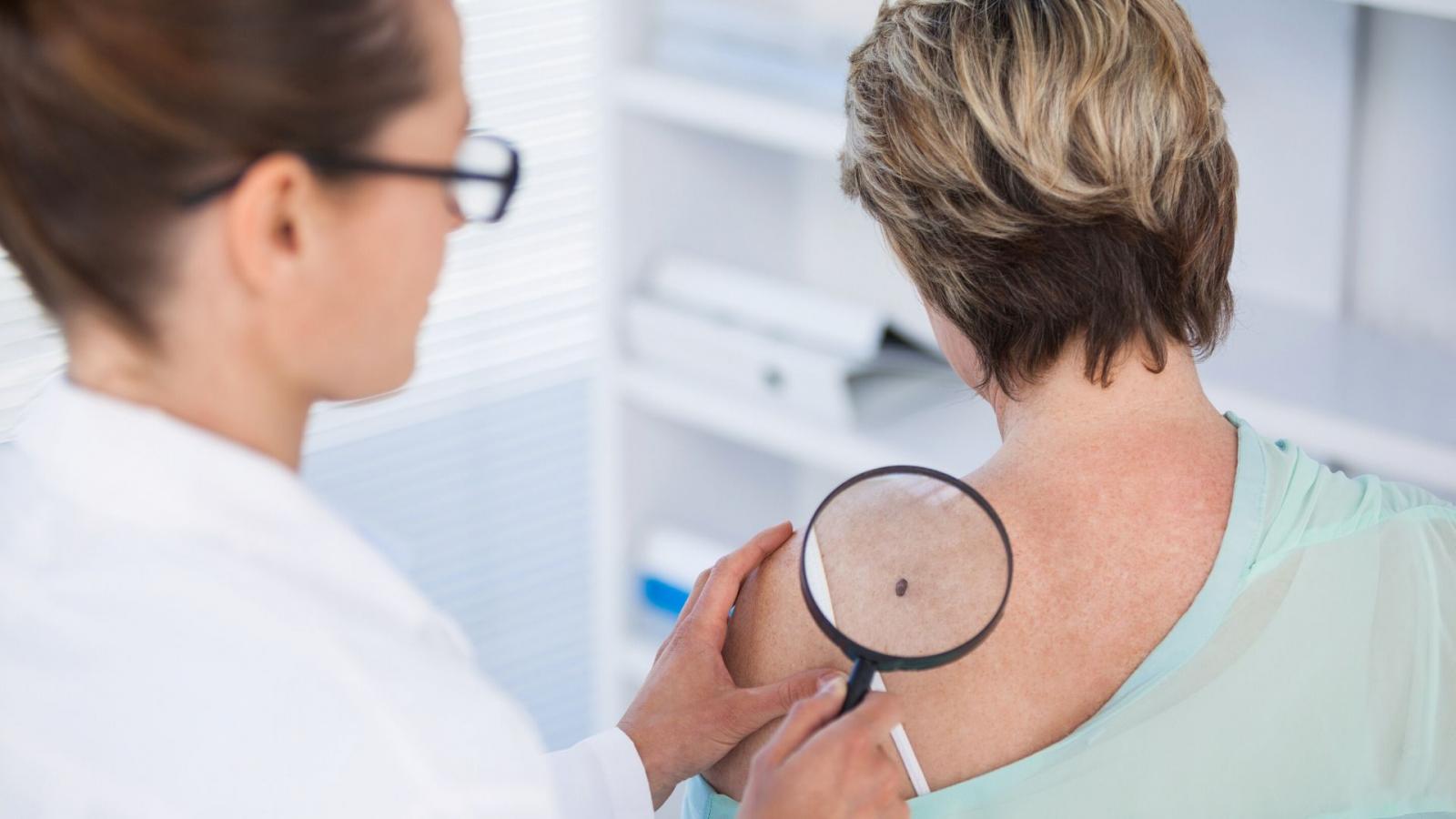
On this page:
Many skin changes are harmless but if you do have skin cancer spotting it early could save your life.
Start by getting to know what is normal for your skin. After that it will be easier to spot change. Aim to check it every month. You could also see your doctor each year for a skin exam.
Skin changes to look out for
Skin cancers do not all look the same. They can appear in a number of ways including any of the following:
- A small lump
- Flat, red spot
- Firm, red lump
- A lump or spot that is tender to touch
- An ulcer that will not heal
- A lump with a scaly or horny top
- Rough, scaly patches
- A new or changing mole
Non-melanoma often appears as one of the following:
- A new growth or sore that does not heal in a few weeks.
- A spot or sore that continues to itch, hurt, crust, scab or bleed.
- A skin ulcer not explained by other causes.
Melanoma mainly develops from a new mole or a change to an existing mole.
A normal mole is usually an evenly coloured brown, tan or black spot on your skin. It can be either flat or raised and also round or oval. It is usually less than the size of the top of a pencil.
Moles can be there from birth or can appear during childhood or adolescence. Once a mole appears it will usually stay the same size, shape and colour for many years. It may fade away in older people. Most people have moles and almost all are harmless. But it is important to spot changes in a mole. These changes could be a sign the mole is becoming a melanoma.
The changes to watch out in existing moles are:
- Change in shape: From a round and regular shape to ragged edges or an irregular shape with one half unlike the other.
- Change in size: From the size of the top of a pencil and getting bigger.
- Change in colour: From one colour to many shades of tan, brown or other colours. Some melanomas can also lose colour
- The mole looks red or inflamed around the edges
- The mole is bleeding, oozing or crusting
- The mole starts to feel different, for example, slightly itchy or painful.
As not all melanomas develop from moles it is important to speak to your doctor if you spot other skin changes that are unusual for you.
Photos of skin cancer
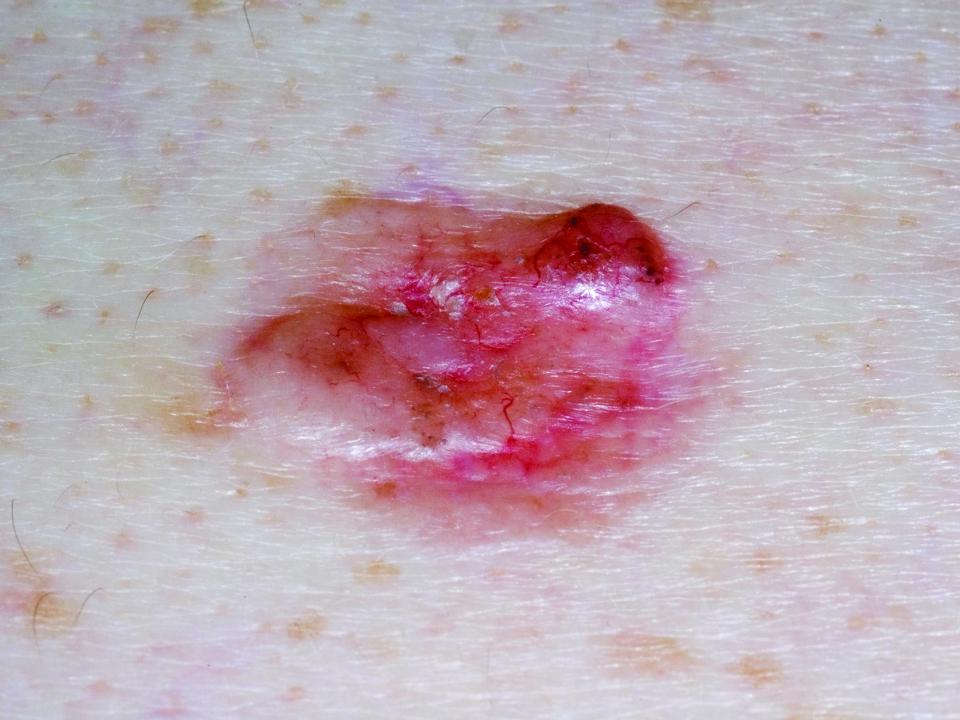
Basal cell carcinoma - Non-melanoma skin cancer
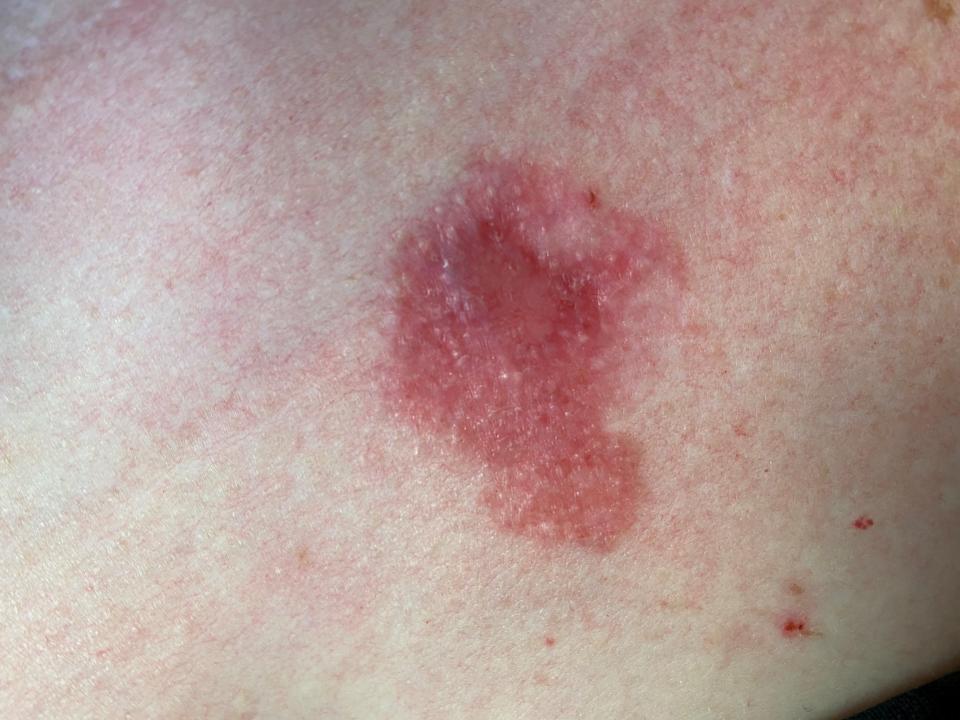
Basal cell carcinoma - Non-melanoma skin cancer
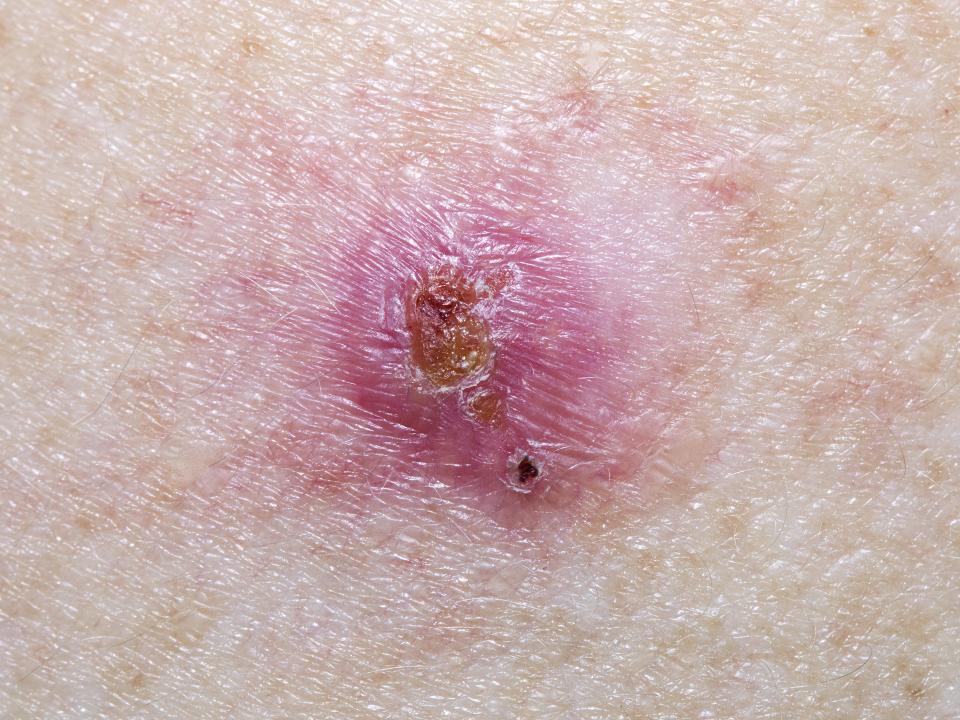
Basal cell carcinoma - Non-melanoma skin cancer
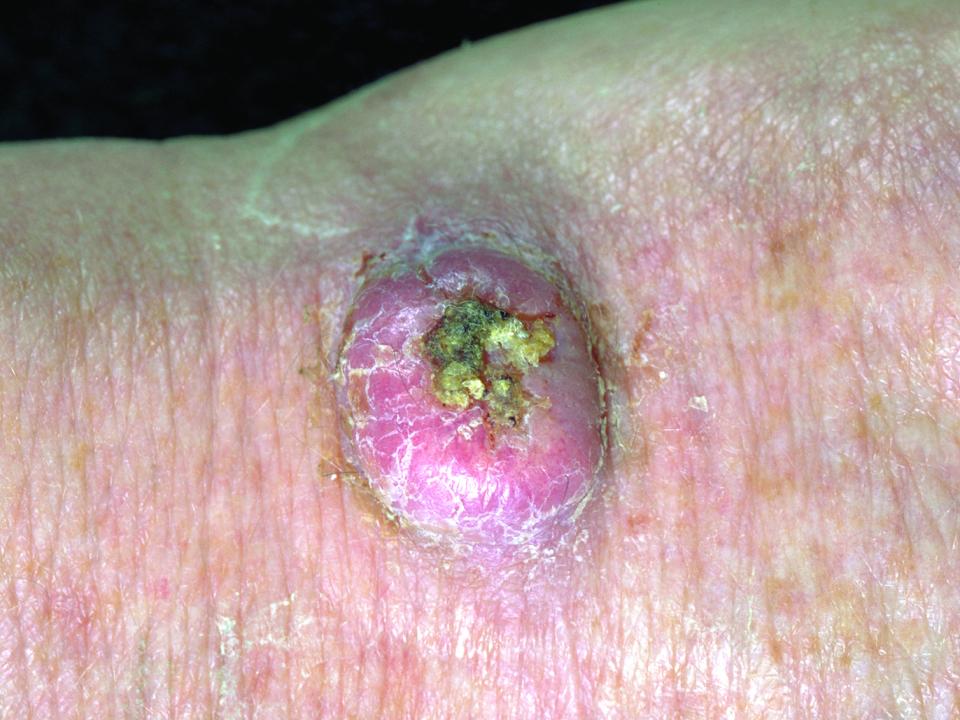
Squamous cell carcinoma - Non-melanoma skin cancer
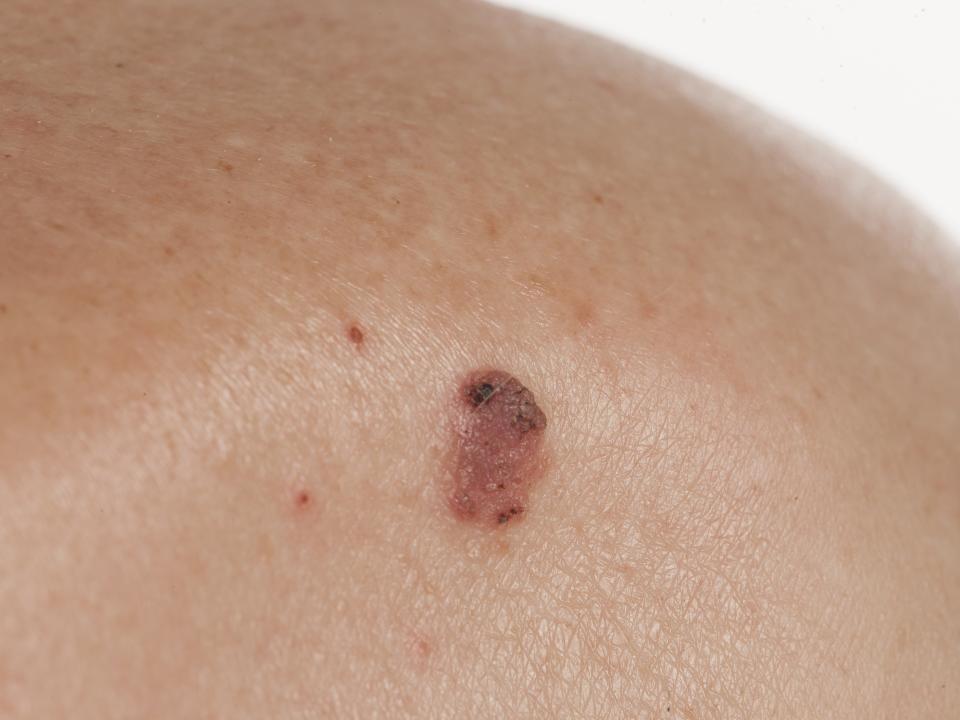
Keratinising squamous cell carcinoma - Non-melanoma skin cancer
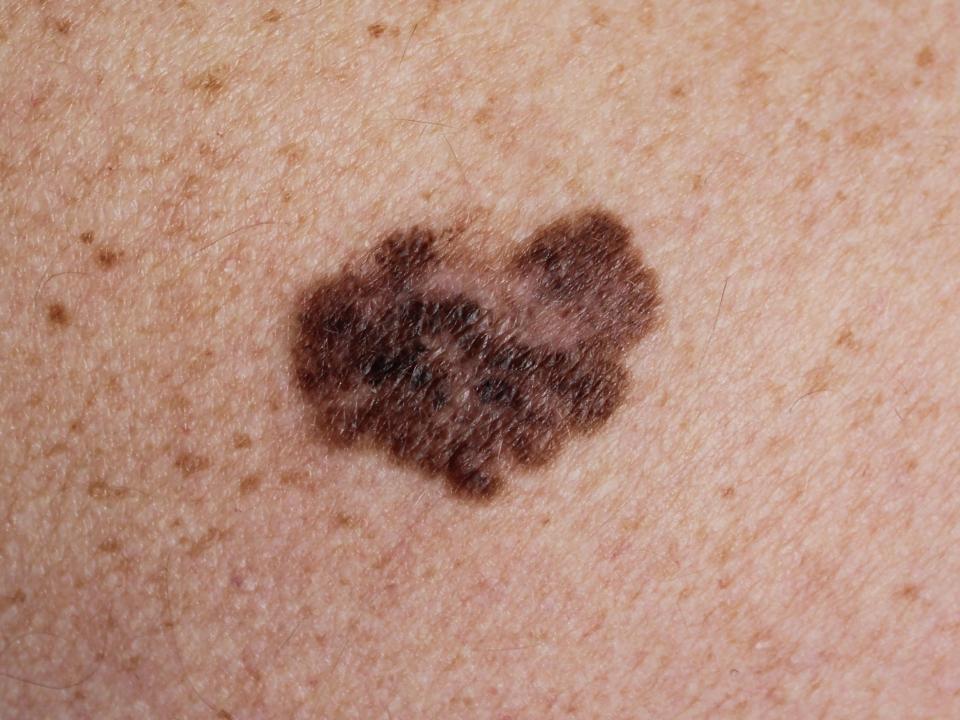
Melanoma skin cancer
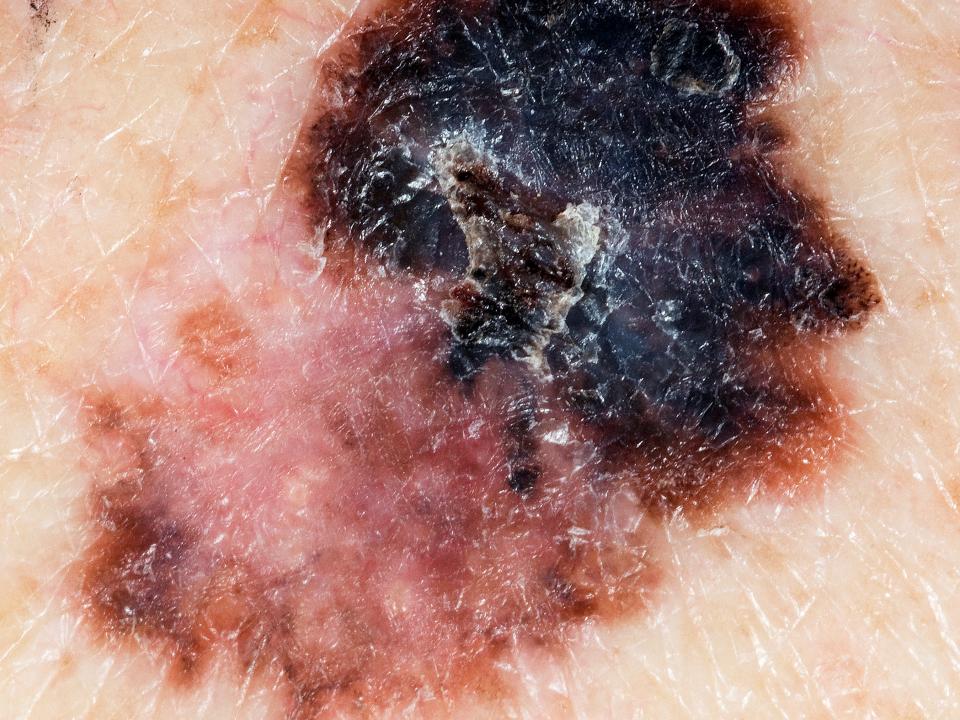
Superficial spreading melanoma
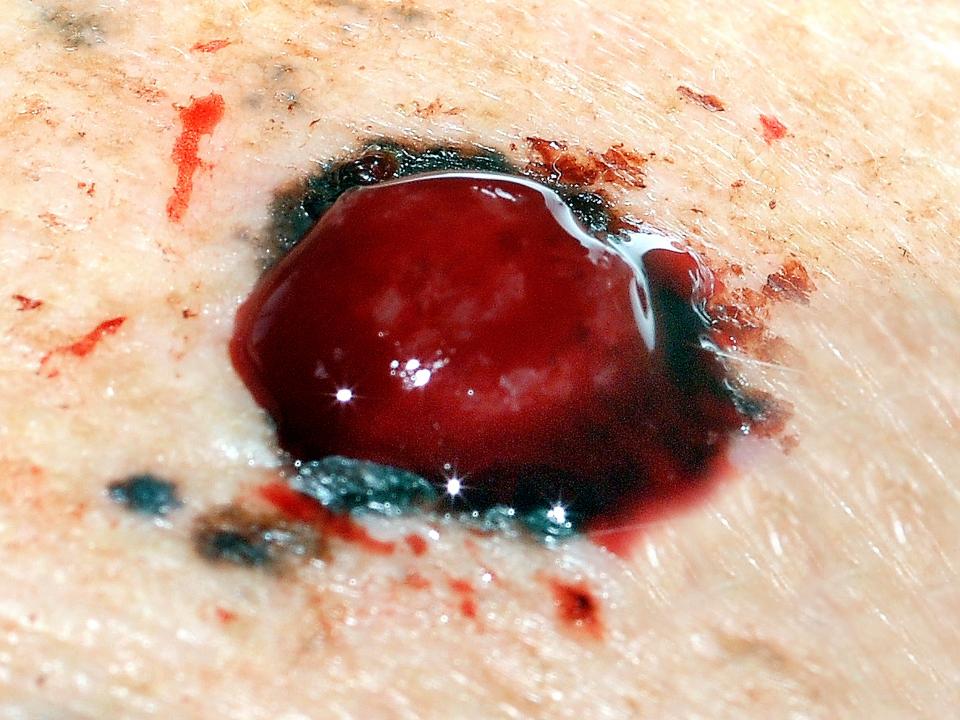
Nodular melanoma
How to check your skin
Check yourself regularly - remember, early detection and treatment offers an excellent chance of a cure.
Examine yourself from head to toe every month. Learn the moles, freckles and other skin marks that are normal for you.
Stand in front of a long mirror and have a hand mirror that you can use to check parts that are hard to see.
- Check your face, especially your nose, lips, mouth and the front and back of your ears.
- Check your front, groin and your back. Lift your breasts to check the skin under them.
- Check your sides with your right and left arms raised.
- Bend your elbows and look carefully at your forearms and upper underarms.
- Look at your fingernails, between your fingers, the back of your hands and the palms of your hands.
- Examine the back of your neck and scalp with a hand mirror. Part your hair in sections with a comb or use a hairdryer so you can see your scalp clearly.
- Check your back and shoulders, the backs of your arms and upper legs and your buttocks with a mirror.
- Check your legs and feet all over, including the soles, toes, between your toes and your toenails. Put your foot on a stool or chair so you can see between your legs with a hand mirror.
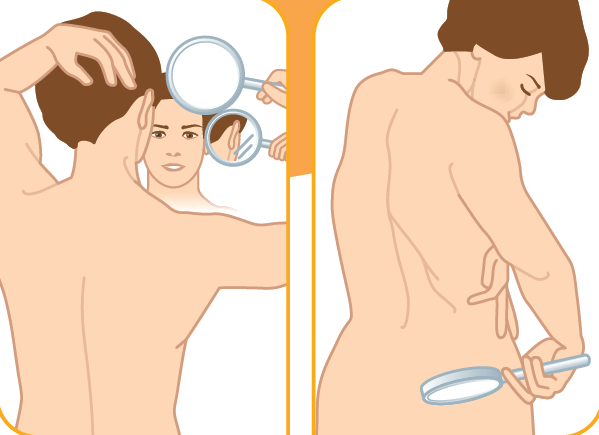
Ask a relative or friend to check your back or other hard-to-see areas like your scalp or the back of your neck.
Visit your doctor if you notice something that concerns you.
It may help to take photographs of your skin and compare any changes that occur over time.
If you notice anything unusual or something that does not go away after a month, have it checked by your GP.
For more information
Phone
1800 200 700


